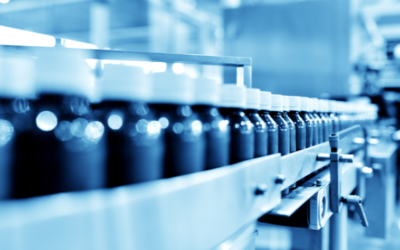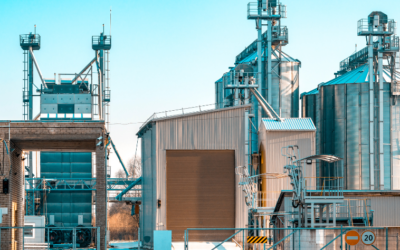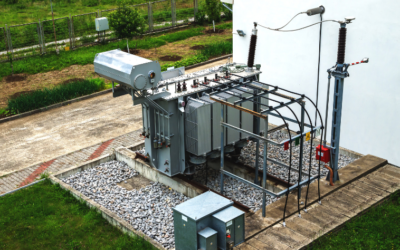Introduction:
In the realm of pharmaceutical manufacturing, Continuous Manufacturing is not just a process; it’s a paradigm shift. Picture a production floor where the traditional batch model makes way for a continuous, streamlined, and highly efficient approach. Today, we unravel the transformative power of continuous manufacturing in shaping the future of drug production.
Breaking from Batch Manufacturing:
Traditionally, pharmaceuticals have been produced in batches, a step-by-step process that often results in downtime between batches. Continuous Manufacturing breaks free from this conventional model.
A Seamless, Uninterrupted Flow:
Continuous Manufacturing represents a shift towards a seamless, uninterrupted flow of production. There are no start-stop cycles; the production line operates continuously, ensuring a consistent output.
Reducing Waste and Improving Efficiency:
One of the significant advantages is the reduction of waste. Continuous Manufacturing minimizes the need for overproduction and excess inventory, contributing to a more environmentally sustainable and cost-efficient process.
Efficiency Gains:
Continuous Manufacturing isn’t just about maintaining a constant flow; it’s about achieving unparalleled efficiency throughout the production cycle.
Faster Production Cycles:
With no downtime between batches, production cycles are significantly faster. This agility allows pharmaceutical manufacturers to respond swiftly to market demands and changing requirements.
Real-time Monitoring and Control:
Continuous Manufacturing incorporates advanced technologies for real-time monitoring and control. This ensures that deviations are identified and addressed promptly, maintaining the highest quality standards.
Examples of Success:
The adoption of Continuous Manufacturing has not been limited to theory; several pharmaceutical companies have embraced this approach with remarkable success.
Journey of Continuous Tablet Manufacturing:
Companies have successfully implemented continuous tablet manufacturing processes, where the entire tablet production cycle, from blending to compression, is a continuous and integrated operation.
Advancements in Biopharmaceuticals:
Continuous Manufacturing has found its place in the production of biopharmaceuticals, where the demand for flexibility and efficiency is even more critical. The ability to maintain a constant production flow is particularly beneficial in the complex world of biologics.
Benefits for Pharmaceutical Manufacturing:
The shift to Continuous Manufacturing brings forth a multitude of benefits for the pharmaceutical industry.
Flexibility and Adaptability:
Continuous Manufacturing allows for greater flexibility in adapting to variations in demand. Manufacturers can easily adjust production rates without the need for extensive retooling.
Reduced Operational Costs:
Continuous processes reduce operational costs associated with downtime, changeovers, and cleaning between batches. This, coupled with decreased waste, contributes to overall cost efficiency.
Consistent Product Quality:
The constant monitoring and control in continuous processes lead to consistent product quality, minimizing variations and ensuring that every unit meets stringent standards.
Conclusion:
Continuous Manufacturing is not just a trend; it’s a fundamental transformation in the way pharmaceuticals are produced. As we embrace a future where production is a constant flow rather than a series of steps, the pharmaceutical industry stands at the brink of unprecedented efficiency and innovation.
Call to Action:
Curious about how Continuous Manufacturing can elevate your pharmaceutical production? Stay tuned for more insights as we navigate the evolving landscape of drug manufacturing, where continuity isn’t just a process – it’s the future.




